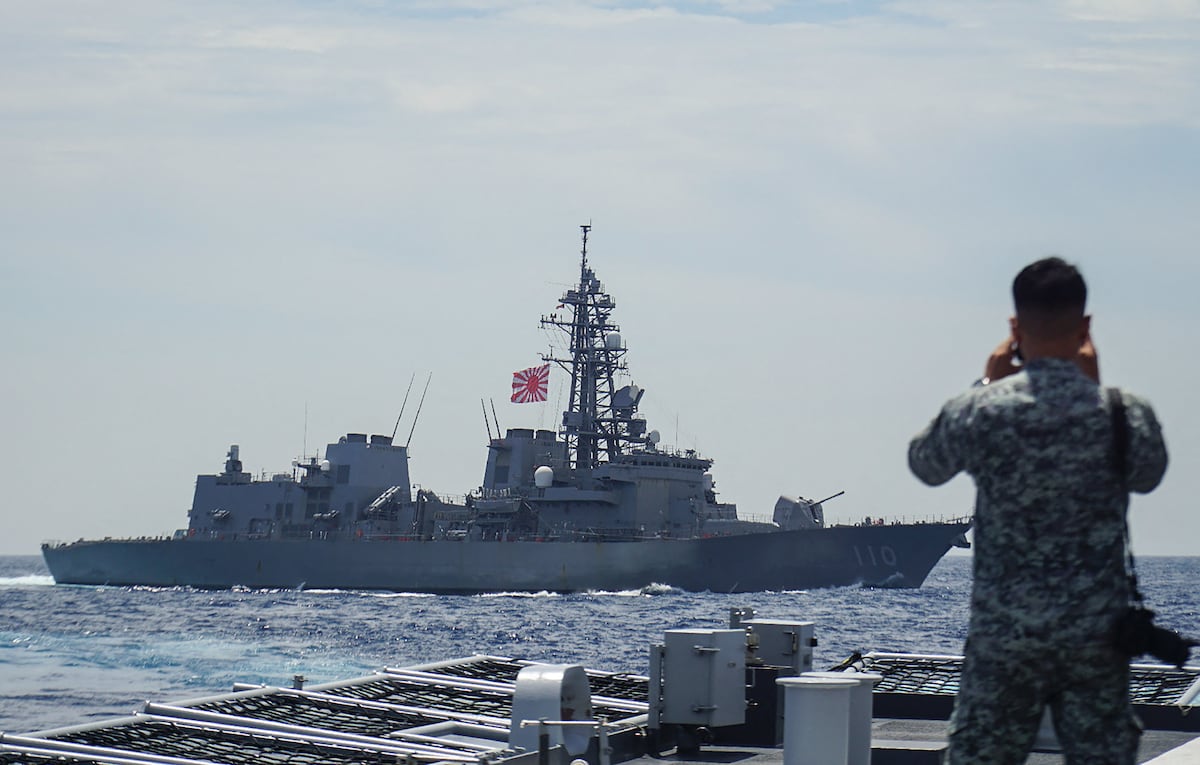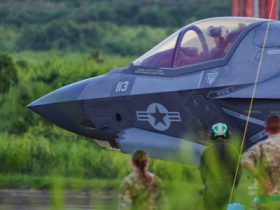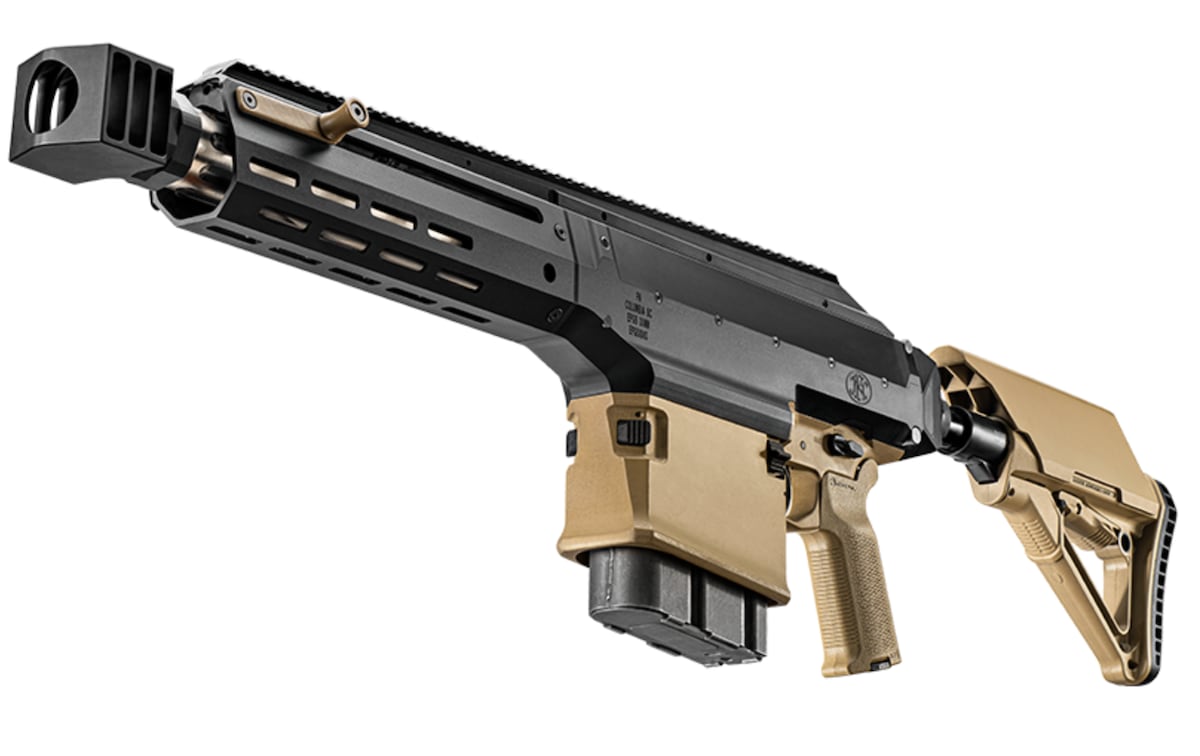MANILA, Philippines — Japan’s defense ministry released its latest defense white paper, reiterating increased threats from deepening ties between China and Russia, and major advancements in North Korea’s nuclear missile tests.
Defense Minister Gen. Nakatani said in a July 15 press conference that Japan faces the “most severe and complex security environment” and the government is “working to achieve a radical strengthening of defense capabilities.”
The annual defense white paper summarizes the country’s security environment and the government’s actions in the past fiscal year as it implements goals defined in the three key strategy documents that are expected to be realized in 2027.
The larger security strategy includes heavy investments in standoff missile capabilities and the deployment of troops, platforms, and assets across strategic bases, particularly in the Nansei or southwest region, which receives the bulk of buildup targets.
The activities of Chinese surface fleets in waters surrounding the Senkaku Islands and Beijing’s threats to reclaim Taiwan by force have compelled Japan to ramp up island defense capabilities there.
The defense document reported cases of incursions, including an incident in May, when four Chinese Coast Guard ships entered the waters surrounding the Senkakus and a Z-9 anti-submarine helicopter entered Japan’s airspace after taking off from one of the vessels.
The incident was reported as a first, but the white paper noted an incident in 2024, when a Chinese military aircraft breached Japan’s airspace in August. A Chinese Navy aircraft carrier also loitered close to Japan’s territorial waters in September of the same year.
“China has been relentlessly continuing its unilateral attempts to change the status quo by force around the Senkaku Islands, leading to a matter of grave concern,” the document reads.
Nakatani refused to comment on the scope and scale of Japan’s role in a hypothetical conflict between the U.S. and China over Taiwan, but said the ministry will continue to work with Washington to strengthen deterrence.
Japan has steadily improved its southwestern frontlines. It has installed monitoring, patrol, and surveillance systems and deployed anti-ship guided missile units in the southwest. Electronic warfare and air defense units have also been set up while troops conduct exercises there.
Last week, the Ground Self-Defense Forces began the transfer of V-22 Ospreys temporarily based in Chiba, some 30 miles from Tokyo, to the newly opened Saga garrison in Kyushu Island.
The Ospreys will play a key role in the region’s defense, Nakatani said last week, adding the aircraft will support the amphibious task force unit responsible for recapturing and securing Japanese islands occupied in the event of an invasion.
The Self-Defense Forces will also begin training to launch the aircraft from Izumo-class destroyers that have been converted to accommodate F-35B fighter jets.
Japan had initially planned the F-35Bs to support amphibious operations, but the initial six jets missed the target March delivery period, pushing back training with the Maritime Self-Defense Forces.
The Ground Self-Defense Forces will also begin fielding Type 12 anti-ship missiles this year in choke points to bolster coastal defense.
The white paper also raised concerns over Russia and China’s relationship which saw the countries conducting “joint bomber flights and naval navigations” in areas close to Japan, the document said.
In April, the ministry released a separate report on the deployment of Russian submarines in the Far East. This includes a fifth Borey-class nuclear-powered ballistic missile submarine, a second Yasen-class M nuclear-powered cruise missile submarine, and an improved Kilo-class diesel-electric submarine, the fourth deployed with the Russian Pacific Fleet.
In recent years, North Korea’s nuclear missile tests and its attempts at launching reconnaissance satellites have been alarming experts in Tokyo, who fears Pyongyang might come closer to launching nuclear warheads that could strike Japan.
The white paper mirrors this concern as evidenced in the North’s continuous pursuits in “missile development at an extremely rapid pace, launching ballistic missiles that fly with irregular trajectories,” the white paper indicated, adding that this tests include so-called “hypersonic missiles.”
“North Korea is focusing on qualitatively improving its nuclear and missile capabilities, such as diversifying its equipment systems and acquiring intelligence, surveillance and reconnaissance (ISR) means that complement its nuclear and missile operational capabilities,” the document indicated.
The document was released days ahead of the Upper House elections on July 20. Local experts say the elections could either retain the ruling Liberal Democratic Party’s majority control in the chamber or, in worst-case scenarios, lead to Prime Minister Shigeru Ishiba’s resignation and a period of political unrest.
Leilani Chavez is an Asia correspondent for Defense News. Her reporting expertise is in East Asian politics, development projects, environmental issues and security.
Read the full article here








Leave a Reply